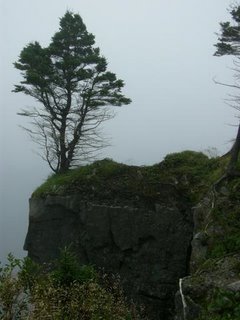
People travel for a lot of reasons: to relax, to explore the world, to learn about other people and places, or just from a feeling of restlessness that they can’t seem to escape. Outdoor pursuits are the same: people walk, hike, camp, bike, canoe and kayak for all kinds of reasons: to stay in shape, for the adventure, for love of the outdoors. But I wonder: how often do people stop to think about the history of the places that their hiking or kayaking trips are taking them?
I’ve always been fascinated by the past, by the chance to learn something about the people who came before us, and whenever a hiking trail takes me past an old rock wall or a crumbling house foundation I can’t help but wonder who built it. What did they grow in their gardens? What meals were prepared on the stove, whose chimney now stands in the field, home to a family of birds? Who walked these trails before us, with our Gore-Tex boots and expensive backpacks?
I think learning about the past is the only way to truly appreciate the present, to understand how places and people have come to be what they are. I also think you more fully appreciate the meaning of the places and landscapes you’re traveling through if you understand their history.Most travelers would agree when talking about the great cities of the world or ancient monuments. But the forests and oceans are no different.
Think about the importance of walking trails to the inhabitants of the Southern Shore before there were roads, and the East Coast Trail becomes more meaningful. The D’Iberville Trail only makes sense if you know who D’Iberville was, and what he used the trail for. If you consider that not so long ago the sea was the highway and not a barrier, then kayaking in Trinity can be a very different experience.
Welcome to Dead Man’s Bay, a blog about hiking and history in Newfoundland and Labrador.


No comments:
Post a Comment